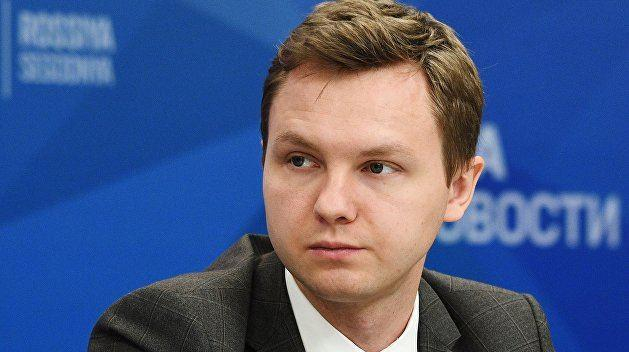‘Although Azerbaijan has set a goal of producing hydrogen and exporting it to the EU, the country might face some specific challenges. Firstly, where will Azerbaijan directly supply its hydrogen? After all, the European market has not yet taken shape ’, says Igor Yushkov, Professor at Financial University in Russian Federation and leading expert at the National Energy Security Fund to AzVision.az.
The expert explains that the Europeans have numerously stated that they will be developing their hydrogen industry, that they would need imported hydrogen, but they still haven’t built the actual market for it.
‘They have arranged neither the hydrogen transport route, nor a storage system for it, nor anything else. So, when Azerbaijan declares its plans for producing hydrogen, the country will still have to synchronise with consumption in Europe, which is virtually non-existent. All Azerbaijan can do at this stage is lay the groundwork. They must specify with Europe what kind of hydrogen they need specifically and build corresponding production capacity for the specific type of hydrogen that is most in demand in Europe,’ he notes.
The expert believes these activities can branch out in several directions. ‘Green hydrogen will probably be most in demand in Europe. They assume that energy transition will be more accelerated than their capacity to produce their own hydrogen. They simply won’t have sufficient renewable energy capacity to supply and reserve hydrogen to cover all their needs. They are prepared to import ready-made hydrogen, giving preference to the green one, which is a clean energy source developed through water electrolysis that only emits vapour and leaves no residue in the air.
Azerbaijan, if they intend to become a player in the market, must correspondingly acquire and build electrolysers to launch the production of green hydrogen through electrolysis of water, using renewable electricity. Meanwhile, it is rather challenging to prepare for a market that does not yet exist and has no specific deadline to appear altogether, especially when the Europeans are not clear on how much hydrogen they will be needing.
Another method, producing grey or blue hydrogen, will probably be simpler for Azerbaijan. This type of hydrogen is extracted from methane, natural gas. As a producer of natural gas, Azerbaijan can allocate a portion of it to produce hydrogen. All hydrogen used in metallurgy and other industry around the world is produced this way.
While producing hydrogen from methane, if we sequester the originating greenhouse gases and bury them, we end up producing blue hydrogen. If we do not sequester or bury anything, we end up producing grey hydrogen. Blue hydrogen is more preferrable, assumed to be more expensive on the European market someday, but then again nothing has happened yet.
Azerbaijan must also decide why they should start producing hydrogen from methane now, while the Azerbaijani gas is in such a great demand in Europe. We’ve seen Europeans – both within the capacity of EU and of leadership of individual European countries – frequent Azerbaijan recently, asking to increase the gas sales. It even got to the point when Azerbaijan confronted them, saying that they did not want to commit to a long-term contract, while still asking to send additional gas.
Therefore, Azerbaijan will find that it is still more economically profitable to sell gas to Europe. There is no problem of having gas, but shortage of logistics to deliver it to Europe. Investing in a large-capacity production of methane-based hydrogen would, therefore, be inadvisable, as there is no direct demand from Europe. Hydrogen industry is still in a somewhat frozen state, until Europe declares more demand’, the expert concludes.
More about:














































